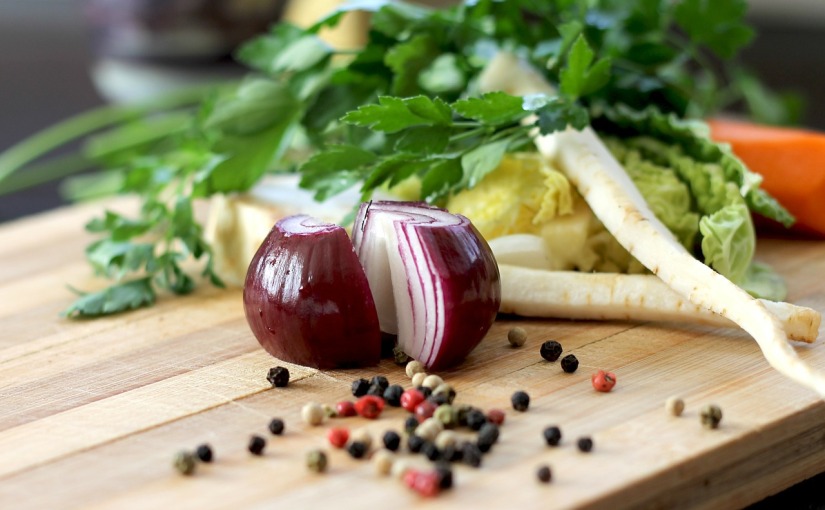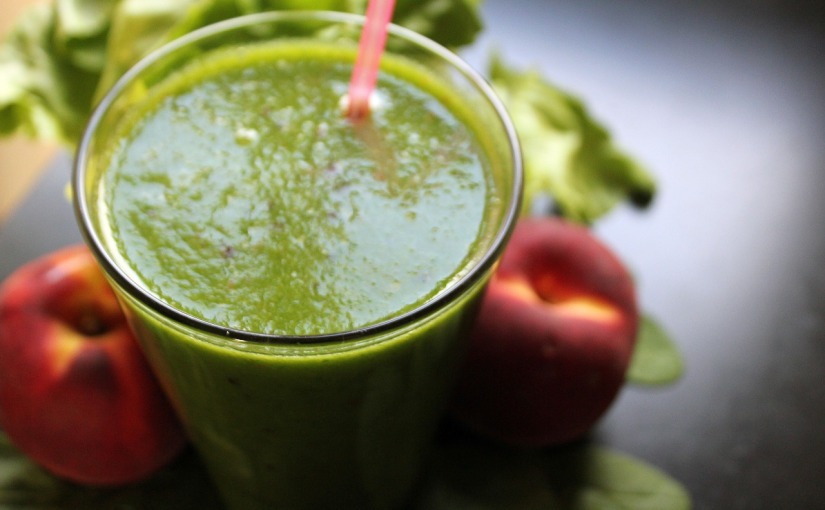This post is for all of us who are staying away from grains, by choice or necessity, for a while longer. Mostly, I hope to reassure the ones who are worried, or are tired of responding to the concerns of those around them, about “cutting out an entire food group from the diet.”
Food groups are a gathering of foods that share similar nutritional properties or biological classifications. Nutritional guides such as Canada’s Food Guide and the US Food Pyramid are pictorial representations of food groups that are used to guide people with recommended daily servings and choices within each food group. They vary from country to country and may or may not be sponsored by special interest groups that support the consumption of a particular food group, such as the dairy board or the wheat council.
Rather than trying to determine how many servings of whatever group we need, or being concerned if we have to or choose to avoid an entire food group, perhaps we need to look at food on a more basic level by concentrating on the three macronutrients needed for energy, growth and metabolism. Macronutrients, fat, protein and carbohydrates, are the three big nutrient groups needed in large amounts for bodily functions and neither of them is tied to any one food group. Micronutrients, in contrast, refer to the vitamins and minerals that are needed in small quantities for health, development and growth. The best way to get all the micro- and macronutrients we need on a daily basis, is to eat as WIDE of a variety of food as we can. Let’s examine the three macronutrients more closely:
Proteins are long biological molecules made up of chains of some 20 different amino acids. Protein is manufactured by the body using the dietary protein that you eat. Its many functions include repair and maintenance of tissues, growth, energy production when carbohydrates are not available, transportation and storage of certain molecules and the creation of certain hormones, enzymes and antibodies. Complete proteins are found in meat, poultry, fish, dairy and eggs while incomplete proteins are found in fruits, vegetables, legumes, grains and nuts. Depending on sources, between 10% – 35% of our caloric intake should be from protein.
Carbohydrates refer to the sugars, starches and fibers that we eat. Carbohydrates are used to provide energy for working muscles, fuel for the brain, energy for metabolism and prevent protein from being used for energy when possible. Carbohydrates are found in fruits, vegetables, grains and dairy products. Depending on sources, between 45% – 65% of our caloric intake should be from carbohydrates.
Fat has several vital functions including providing the largest energy reserve in the body as well as insulation and protection for the organs. Humans depend on fat for absorption of fat-soluble vitamins A, D, E and K. Every cell membrane of the body is composed of fat, especially in the brain and nervous system. Fat is also highly involved in the production of hormones and vitamin D. As we saw in the 3-part “Bringing Back Fat” series, fats can be found in meats, poultry, fish, eggs, dairy, plants, nuts and seeds. Depending on sources, between 25% – 40% of our caloric intake should be from fat.
Regarding grain products, it is recommended by Canada’s Food Guide to eat 6-8 servings as they provide dietary fiber, B-vitamins, selenium, zinc, magnesium and phytochemicals. I took the time to look up each of these nutrients and they can all be found by eating various sources of vegetables and proteins. So for those of you who will continue to avoid grains for a while, you can rest assured that your avoidance of the grain products group is not hindering your health by depleting you of the nutrients they contain. By dipping into the other food groups and eating a wide selection of colorful foods, you can easily meet all of your macronutrient and micronutrient needs.
Be bold enough to live life on your terms and go against the grain —Unknown









